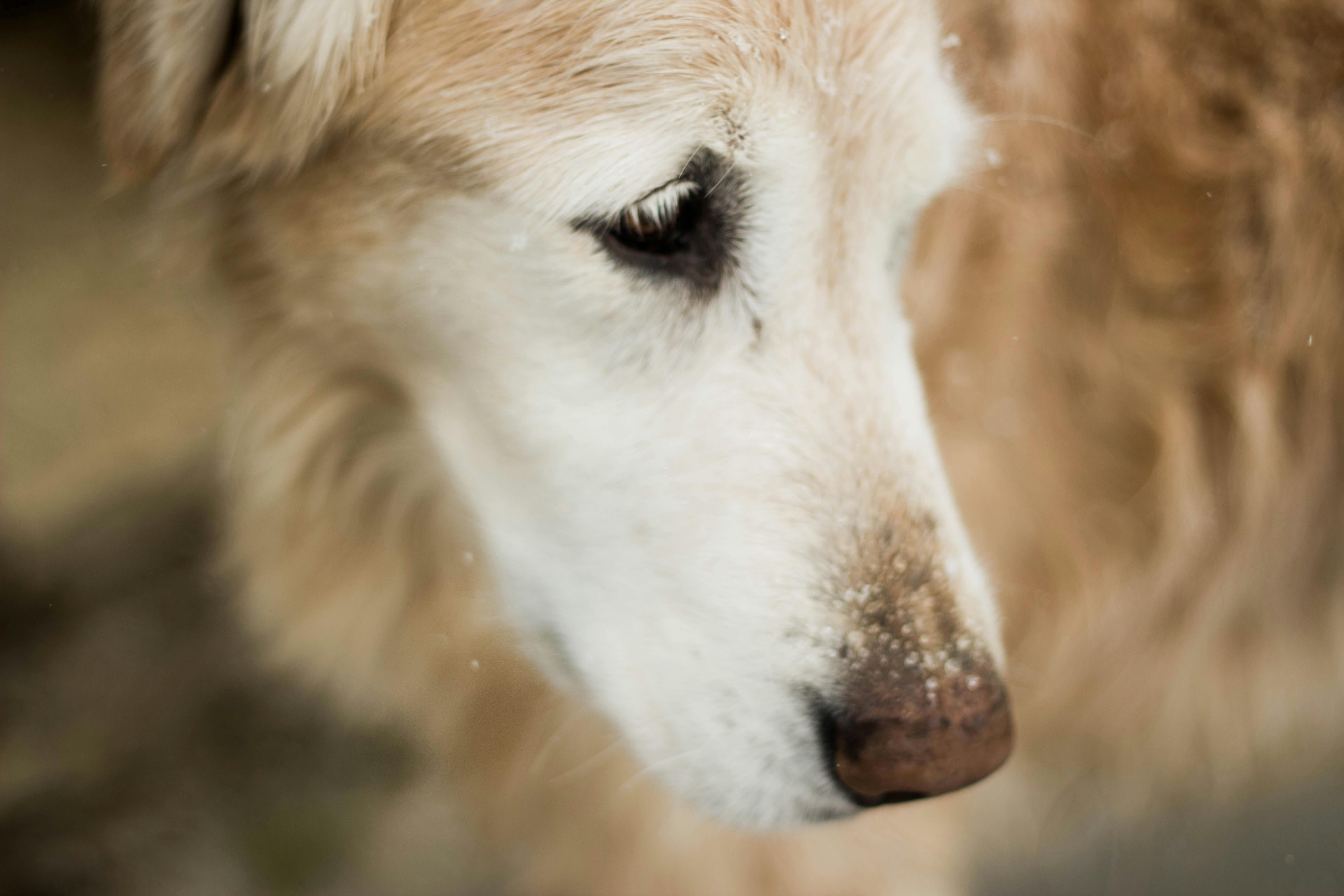
Dog Training – Classical Conditioning
The Russian psychologist, Ivan Pavlov, discovered classical conditioning, or in behavior analysis terminology respondent conditioning, in the 1920s. It seems that classical conditioning was discovered by chance. Pavlov was investigating the digestion of dogs when he noticed that the more experienced dogs he had been testing began to salivate before they were presented with food samples. He began to investigate this systematically. Throughout Pavlov’s experiment, dogs were exposed to a wide variety of arbitrary stimuli (eg, a bell and a light) presented along with food. Pavlov had a special laboratory built in which the experimenter and a dog were separated from each other in soundproof rooms. The discovery was that the conditioned stimulus (bell) began to trigger the same reaction (salivation) in the dogs as the unconditioned stimulus (food). The associative link between the conditioned stimulus (CS) and the unconditioned stimulus (US) is strengthened when the CS occurs constantly just before the representation of the US and weakens when the CS and US occur independently of each other. So classical conditioning is an unintentional and subconscious reaction to certain stimuli.
It’s important to understand how classical conditioning works, and hopefully some everyday examples will. Most dogs respond quickly to the sound of the doorbell and after several repetitions, in which the bell signals someone’s arrival at the door, the dog may start barking. The dog has learned to correlate a previously insignificant event (bell) with a significant turn-on (visitor) and now when the bell rings the dog dances excitedly in anticipation of the visitor’s entrance and greeting. But what starts to happen if the dog owner doesn’t answer the door when the doorbell rings? After several sessions of unreinforced exposures to the bell, the dog will gradually inhibit its anticipatory reactions and eventually ignore the sound altogether. We can say that the conditioned effect has been extinguished.
Classical conditioning also plays an important role in the development of anxiety and fears. For example, dogs easily develop fears associated with the veterinary clinic, especially if they have undergone painful procedures there. You can help prevent negative associations with the veterinary clinic when we provide dogs or puppies with treats and other pleasurable experiences while examining them. But what if the dog does not eat in that situation? He is probably too stressed (or not hungry) and needs to start feeding the dog earlier (for example, in the hospital parking lot). Lifelong phobic reactions can also occur as a result of a single traumatic event and dogs suffer from a wide spectrum of phobic fears, most of which are established and reversed through classical conditioning.
But does Pavlov have any really good information for us to use in dog training? You may have heard of clicker training. When we examine clicker training through classical conditioning, the clicker is a conditioned stimulus (CS) and food (or some other reinforcer) is an unconditioned stimulus (US). Clicker is a mechanical device that makes a short, distinctive “click” sound that tells the animal exactly when he is doing the right thing and is combined with positive reinforcement. You can also use something other than a clicker, for example a light, a whistle or some other sound. Another important piece of Pavlovian conditioning is counterconditioning. It plays a vital role in the learning and unlearning of emotional reactions. Therefore, in dog training, resolving fears and other problems (for example, phobias, separation anxiety, and aggressiveness), classical conditioning may be necessary. Classically conditioned responses are largely autonomous and independent of central control, unlike instrumental behavior. Dogs do not choose to feel fearful or anxious. To be controlled, an aversive emotion such as anger or fear must be counteracted by eliciting an increasingly strong and incompatible emotional response.